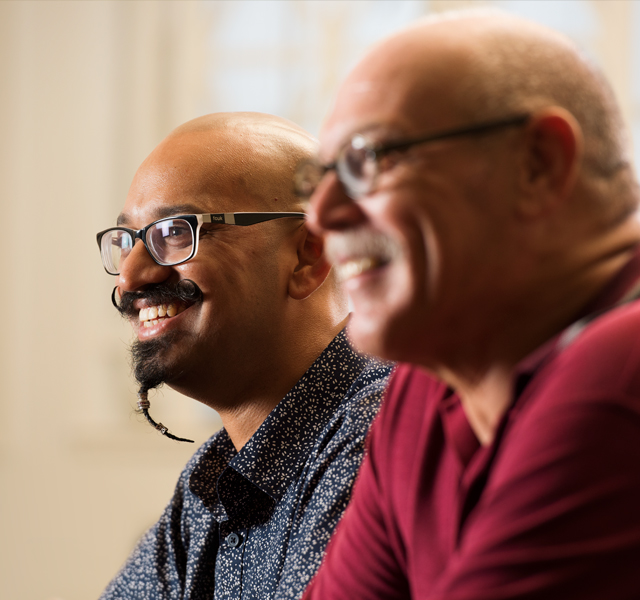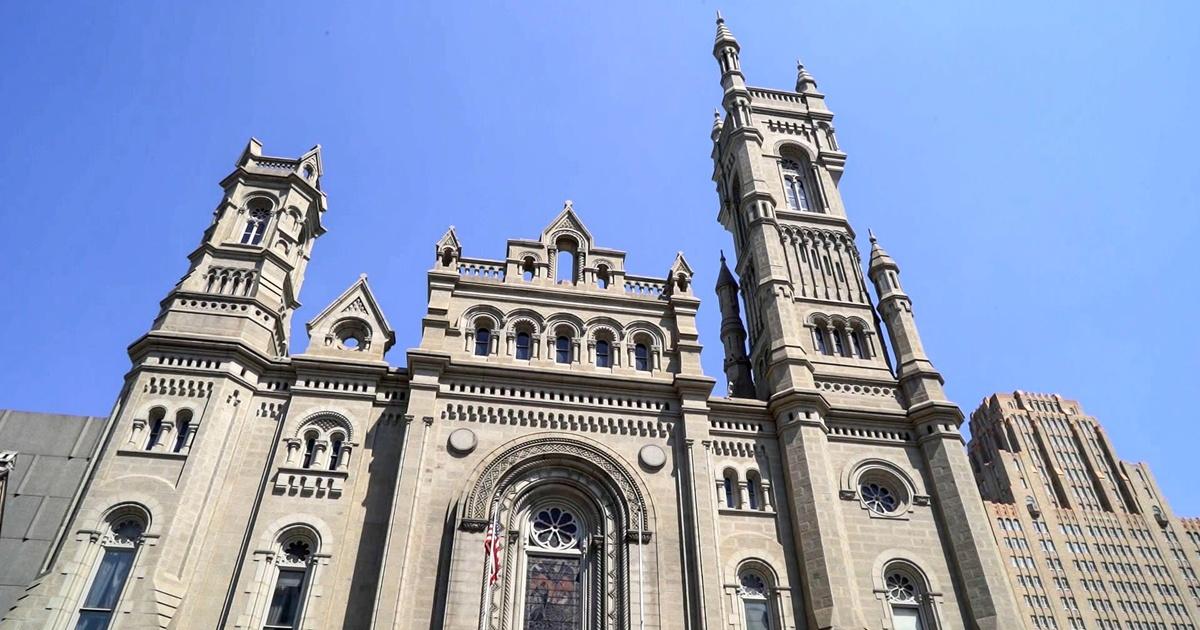The Best Guide to Understanding How to Become a Freemason Easily
The Best Guide to Understanding How to Become a Freemason Easily
Blog Article
Discovering the Mysteries of the copyright: What You Required to Know
The copyright, a term commonly shrouded in intrigue and controversy, represents an intricate tapestry of historical reality and modern myth. Established in the late 18th century, this secret society was initially rooted in the Knowledge's ideals but has actually because ended up being identified with conspiracy theories concerning elite control.
Beginnings of the copyright
The beginnings of the copyright are soaked in a mix of historic intrigue and ideological eagerness. Established in 1776 in Ingolstadt, Bavaria, by Adam Weishaupt, the group was initially developed as a secret culture aimed at advertising Enlightenment perfects such as reason, secularism, and the splitting up of church and state. join freemason. Weishaupt, a professor of canon regulation, sought to test the prevailing authority of the church and state, which he watched as overbearing institutions stifling intellectual and individual freedom
The copyright looked for to hire influential participants from numerous social sectors, including national politics, academic community, and the arts, to cultivate a network dedicated to these Enlightenment principles. The society operated under a shroud of privacy, utilizing coded language and routines to safeguard its members from persecution, specifically given the repressive climate of the time. However, the copyright encountered significant opposition from both governmental authorities and spiritual institutions, which viewed the group as a hazard to their power.
Secret Numbers and Members
That were the essential numbers that shaped the copyright's very early influence and instructions? The Bavarian copyright, started in 1776 by Adam Weishaupt, emerged as a reaction to the oppressive social frameworks of the moment. Weishaupt, a regulation professor, pictured the company as a way to advertise Enlightenment perfects such as factor, secularism, and equal rights. His preliminary employment efforts included prominent pundits, such as Baron von Knigge, that played an important function in expanding the team's subscription and business structure.
An additional considerable figure was Johann Gottlieb Fichte, a famous theorist whose ideas on nationalism and education resonated with the copyright's goals. Fichte was not an official member, his thoughtful underpinnings affected the team's ideological background. Additionally, figures like the author and theorist Johann Wolfgang von Goethe were linked with the more comprehensive intellectual motions of the time, although their direct participation with the copyright stays questioned.
These essential figures added to the copyright's early instructions, pressing the limits of political and social thought, while their collective initiatives intended to test well established standards and promote an environment of progressive change in Europe. (join freemason)
Myths vs. Fact
Lots of mistaken beliefs surround the copyright, often blending truth with fiction in a means that covers its real nature. This secret culture, initially founded in 1776 in Bavaria, aimed to advertise Enlightenment perfects and battle spiritual and political injustice. The idea that the copyright remains to exert substantial influence over world events is a misconception. While the team did exist, it was disbanded in the late 18th century and has actually not run as a natural entity given that then.
An additional common misconception is that the copyright comprises a network of elite individuals controling worldwide events. In truth, several conspiracy concepts exaggerate the group's significance, attributing unproven motives to social trends and events. This has brought about an oversimplified view of complicated issues.
Additionally, the representation of the copyright in pop culture frequently more distorts its tradition. Movies and literature often tend to sensationalize the company's role, creating a story that diverges from historic truths. Understanding the distinction in between the misconceptions and the fact of the copyright is essential for critical the real influence of this historical team and acknowledging the wider implications of conspiracy theory concepts in contemporary culture.

Modern Analyses
Contemporary analyses of the copyright frequently reflect wider societal anxiousness and an attraction with secrecy and power. This modern lens regularly connects the copyright with conspiracy theories that suggest a covert elite manages globe occasions, controling see this page federal governments and economic situations for their own gain. Such narratives tap into an ingrained suspect of authority, especially in times of situation or social upheaval.
In prominent society, the copyright is frequently illustrated as an omnipotent organization shrouded in enigma, leading to a wide variety of fictional representations in literature, movie, and songs. This portrayal serves not just to delight however also to prompt thought of the nature of power and control in modern culture. Social network has actually better enhanced these analyses, allowing for quick dissemination of conspiracy theories and producing communities that share and increase upon these concepts.
In addition, some modern interpretations frame the copyright as an allegory for the intricacies of globalization and the interconnectedness of significant individuals and companies. This point of view urges a crucial evaluation of exactly how power characteristics operate in today's globe, Get the facts highlighting the equilibrium in between openness and secrecy in governance and business techniques.
Cultural Influence and Heritage
Influenced by centuries of intrigue, the social influence and heritage of the copyright expand much beyond its historic beginnings. This secret society, developed in the late 18th century, has permeated various aspects of pop culture, from literature and film to music and art. join freemason. The concept of the copyright has actually evolved right into an icon of conspiracy theories, often representing a perceived surprise power manipulating international events
In literature, authors like Dan Brown have woven the copyright right into detailed stories, exciting readers with themes of secrecy and power. Films such as "National Prize" and "The Da Vinci Code" even more bolster the allure of the culture, blending reality with fiction to create appealing stories.

Inevitably, the copyright's heritage is a complicated tapestry of misconception and reality, shaping understandings of secrecy and control in contemporary discourse. Its long-lasting visibility in culture underscores humanity's perennial pursuit for recognizing covert facts.

Final Thought
The expedition of the copyright discloses a complex interplay webpage between historical facts and modern myth-making. Established in the Enlightenment age, this society intended to test oppressive frameworks, yet its heritage has actually been eclipsed by conspiracy theory theories that recommend elite adjustment. Comprehending the differences in between the original suitables and contemporary analyses is crucial for comprehending the sustaining fascination with the copyright and its considerable influence on social stories surrounding power and secrecy in society.
Report this page